Research Reports

Tourism is a non-trivial contributor to Malawi’s GDP, and sub-optimal capacity utilization of tourism infrastructure indicates that there is opportunity for growth. The tourism industry has a definitive multiplier effect on the wider economy: it requires accommodation, arts and entertainment, food and beverages, textiles and furniture, specialized labour, security, among other things. While tourism is a function of a host of other factors (e.g. marketing efforts, weather patterns, among others), the analysis isolates the contribution of road infrastructure in the tourism sector and demonstrates the inverse relationship between the cost of travel and international arrivals.
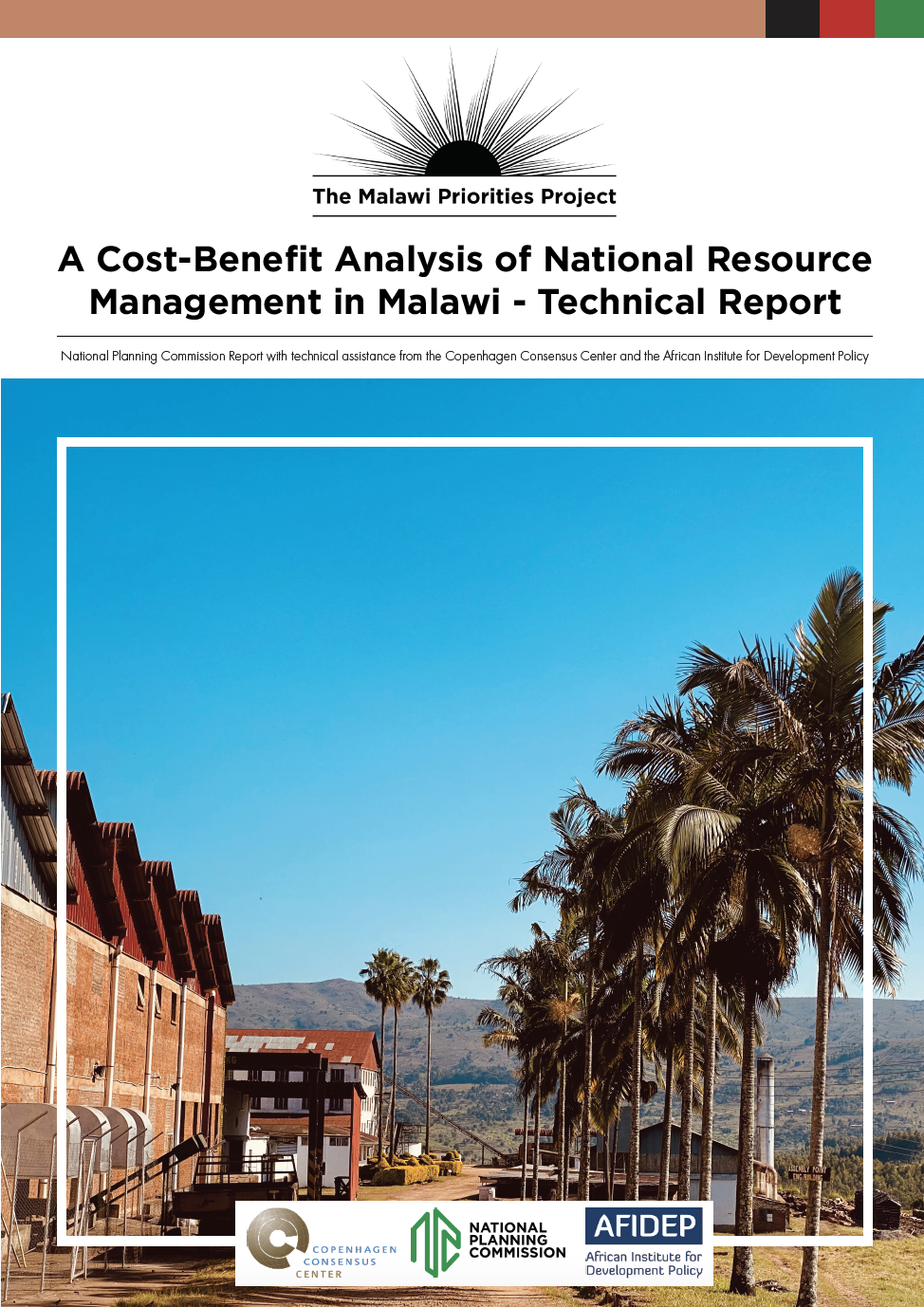
To address the research questions, “how can national resources best contribute to wealth creation?” and “what institutional structures best deliver the returns on investment in national resource management?”, the team conducted a Cost-Benefit Analysis to measure the potential impact of two possible interventions:
1. Formalization and Modernization of the ASM Sub-sector by District Landing Centers
2. Chipoka Port Fisheries and Aquaculture Infrastructure and Land Development Program
The results show that both interventions have BCRs above one. This suggests that both interventions are likely to generate positive results while remaining cost-effective.

This study conducted cost-benefit analyses on several interventions. The combination of the two interventions would have the largest absolute impact on malaria burden in the country. We do not overemphasize differences in the point estimates of the respective BCRs, since each comes with substantial uncertainty.
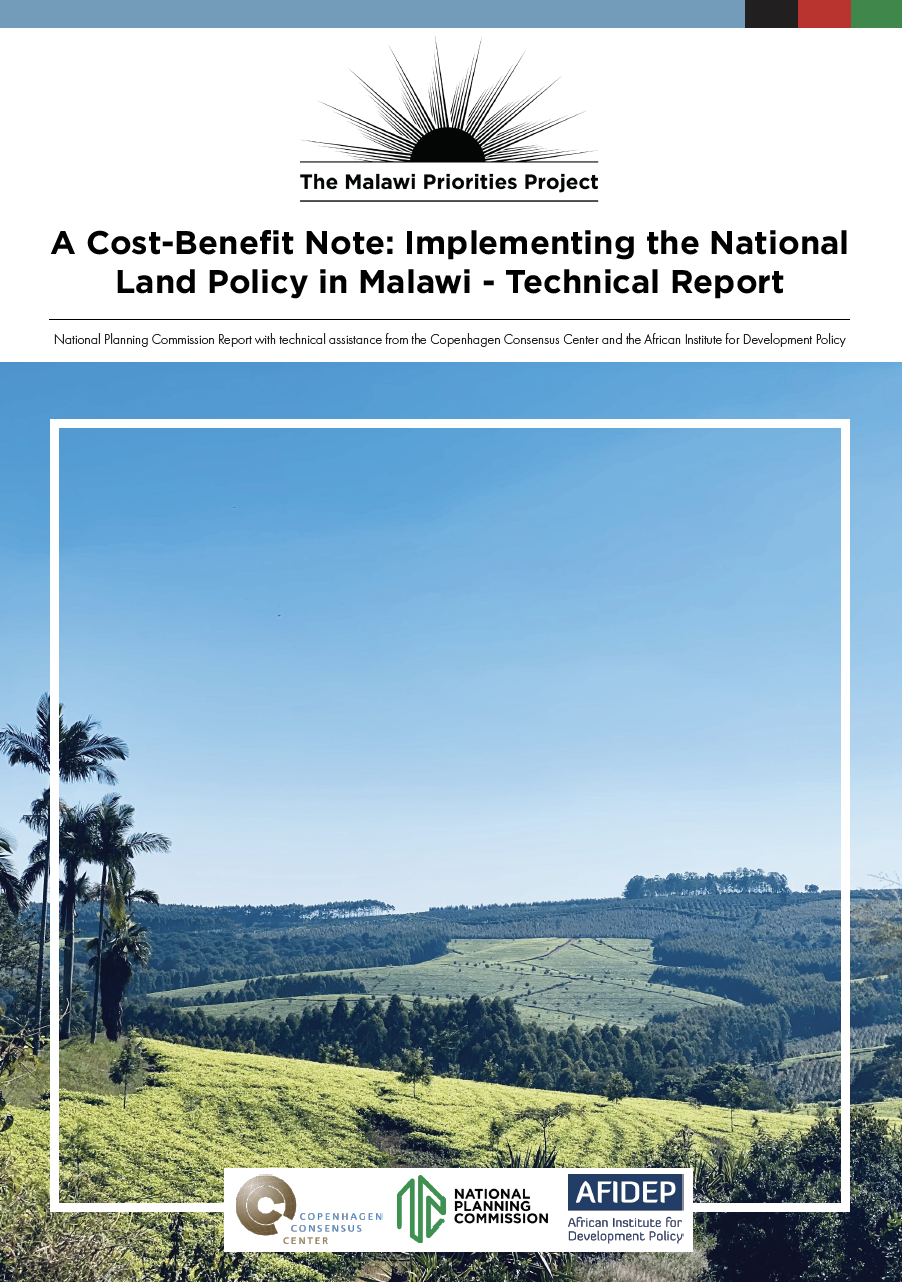
This note documents a cost-benefit analysis of scaling up land reform efforts across Malawi. The results indicate that the expected BCR is very high, at 73 kwacha for every kwacha spent. This figure is based on several assumptions – costs drawn from pilot land-titling programs in Malawi, benefits drawn from land value reports also from Malawi. The most uncertain parameter of the analysis is the expected benefit of land titling, which is proxied as a 25% and 10% increase in urban and rural land values respectively following mostly international experience. Nevertheless, sensitivity analyses show that the range of BCR values rests in the upper end of the estimated BCRs from Malawi Priorities and other Copenhagen Consensus country projects. The report provides strong impetus to ensure there are no further delays to the implementation of the land reform agenda in Malawi. For a country with an aspiration of wealth creation, land titling is one effective way to generate substantial economic benefits for the vast majority of Malawians.

Investments in early childhood are extremely advantageous for children both in the short and long term, better educational attainment leading to improved labor market outcomes and increased income. Based on extensive sector expert consultations and a review of literature, this paper examined the social and economic costs and benefits of two interventions impacting early childhood development in Malawi.
1. Expansion of CBCCs to new communities
2. Improvement of existing CBCCs
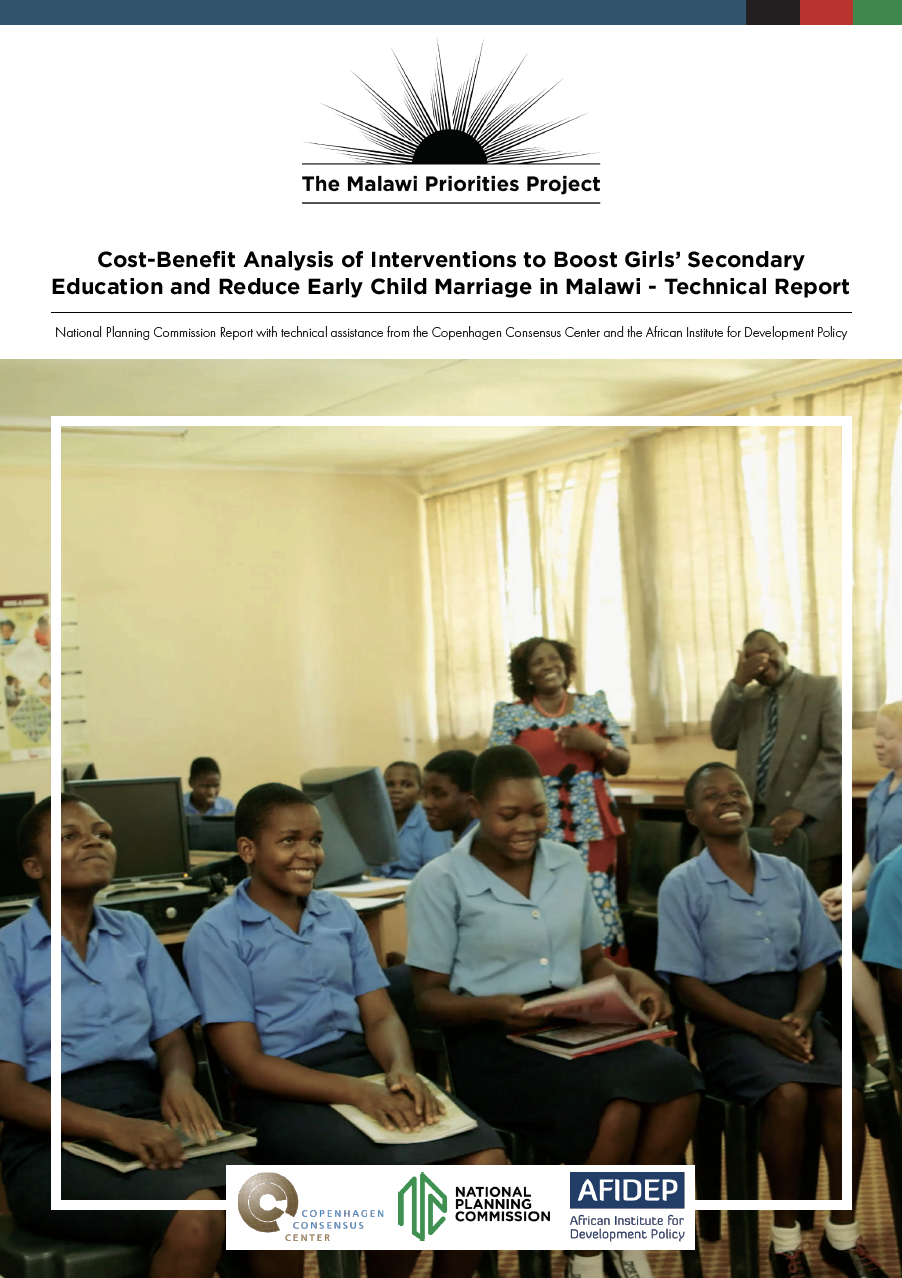
Malawi’s secondary education system suffers from perennially low gross enrollment rates. Child marriage plays a key role in this dynamic, with 43% of female dropouts being attributed to either marriage or pregnancy. Based on substantial sector expert consultation, and a review of existing policies and literature, this paper examined the social and economic return-on-investment of six interventions:
1. Increasing the number of secondary schools for girls
2. Education promotion
3. Community dialogues to prevent child marriage
4. Cash or asset transfers for girls, conditional on school enrolment
5. Child marriage survivor program to rehabilitate annulled child marriages including scholarships to return to school
6. Sexual and reproductive health and female empowerment programs

The goal of this analysis was to identify interventions that would improve the reliability of electricity supply in Malawi. This analysis highlights critical issues facing the power sector in Malawi today and offers a solution to these challenges based on the evidence in multiple countries that have incorporated technical assistance.
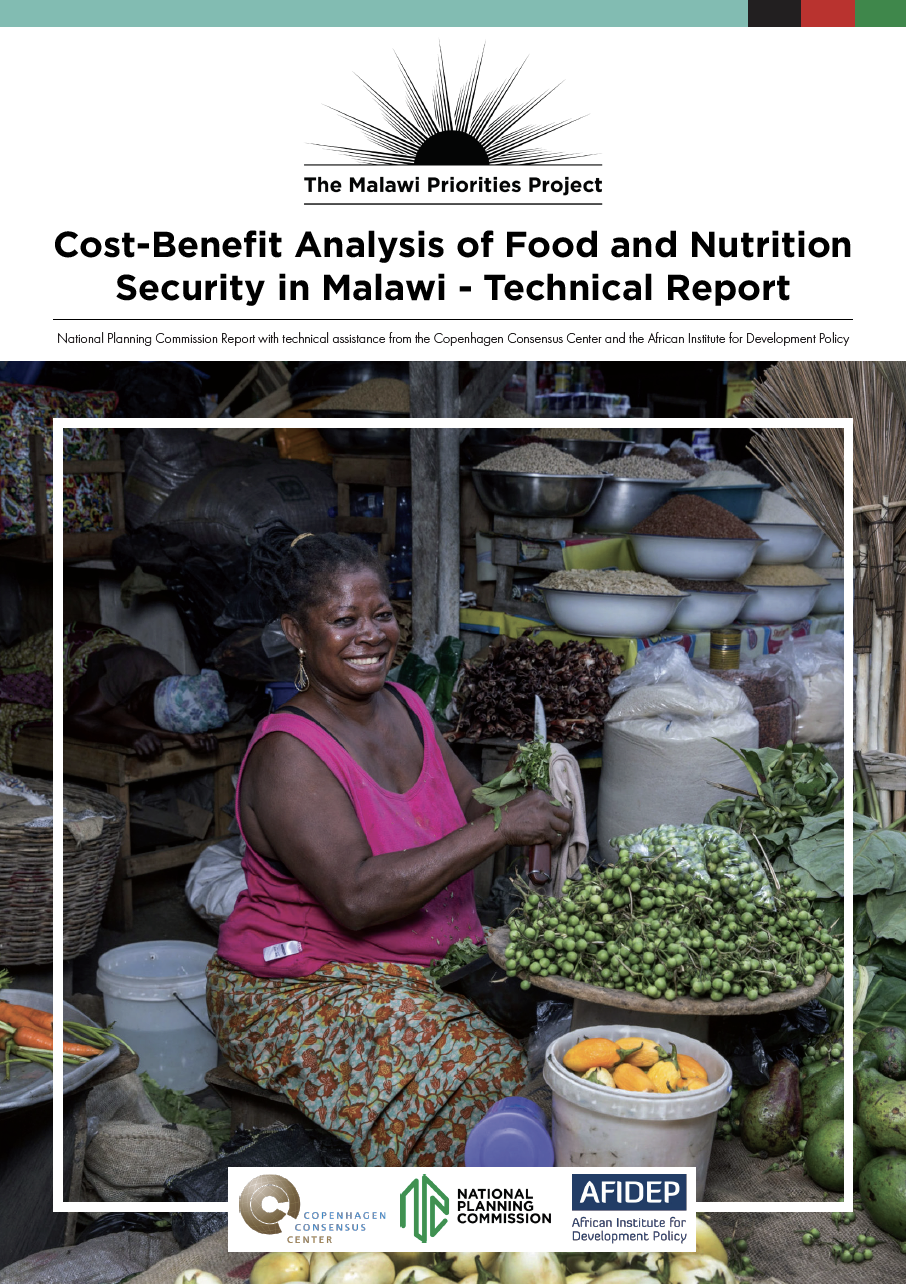
The main objective of this technical report is to identify and prioritize agricultural interventions for Malawi that could most effectively deliver sustained food and nutrition security, as well as greater dietary diversity within sustainable farming models. Crop diversification has been widely recognised as the most ecologically, feasible and cost-effective pathway to achieve household food and nutritional security in sub–Saharan Africa. This is especially important for Malawi, where smallholder farmers are often subsistence-oriented and are the most undernourished portion of the population

Vector-borne diseases are illnesses transmitted by mosquitoes, ticks, tsetse flies, lice, snails etc. Africa is disproportionately affected by vector-borne diseases, with most deaths occurring among children under five. The main vector-borne disease in the continent includes malaria, yellow fever, dengue and HAT. The Partnership for Increasing the Impact of Vector Control (PIIVeC) programme seeks to reduce the burden of vector-borne diseases through effective, locally appropriate, and sustainable vector control.
This stakeholder analysis was based on a rapid desk review of policies, strategies, programmes and other relevant information from the various stakeholders. Based on these reviews, we scored stakeholders’ interests and influence in vector-control and vector-borne disease policies and programmes in the continent.
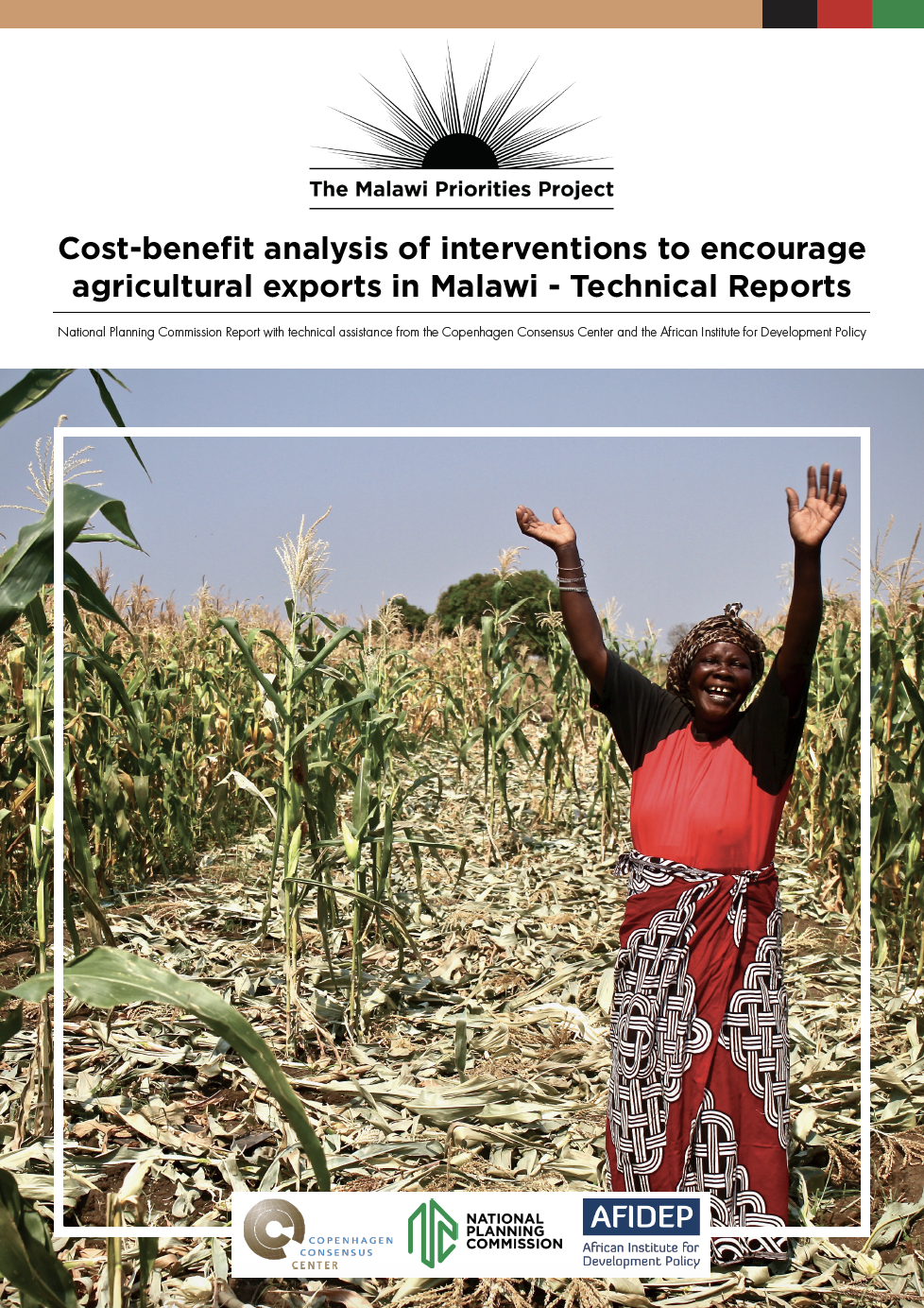
Although the majority of Malawi’s economy depends on agriculture, there are limited crops that are currently suitable for export to neighbouring countries due to quality control issues, poor transportation linkages, uncoordinated farmers with relatively low productivity levels and access to markets, and policy disincentives.
This analysis has focused on two of the primary barriers preventing the export of regionally demanded crops: The long-standing export ban on maize; and Poor quality control standards and regulations for groundnuts.

Malawi’s education system is facing many challenges. Despite a consistently high proportion of the government’s budget being
allocated to education, youth in Malawi are failing to progress to secondary school in large numbers and consistently do poorly
compared to other similar countries assessed on literacy and math skills. This report has proposed several intervention options that
can mitigate some of the barriers to high-quality primary education that currently exist in Malawi. This includes five interventions:
classroom construction, reduced class sizes, in-service teacher training, school feeding, and technology-assisted learning.

Agricultural commercialization in Malawi is broadly constrained by poor market systems and unorganized farmers. Further still, there are a multitude of other challenges constraining the development of formal agricultural markets in Malawi. The COVID-19 pandemic has also introduced additional challenges to the agriculture sector in Malawi.
The proposed intervention for this analysis is the reform of the two commodity exchanges. This was selected because it has the potential to improve policy and market coordination at a national level, as well as provide a practical avenue for farmer training, storage, and credit systems.

